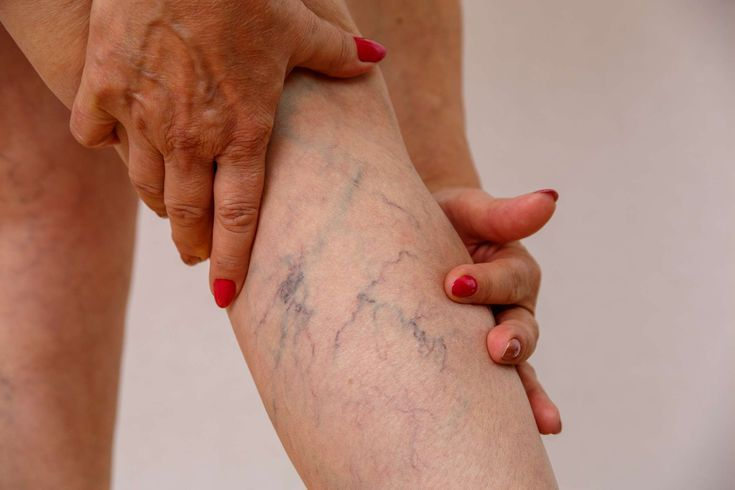Varicose Veins

Varicose veins are swollen, twisted, and often painful veins mainly found in the legs. They happen when the valves in the veins don’t work properly, allowing blood to flow backward and collect in the vein, making it bulge.
Varicose veins are pretty common, affecting about 20% of adults at some point in their lives. They’re more common in older people, but younger folks can have them too. Women tend to get them more than men.
Things that can up your chances of getting varicose veins include:
- Getting older
- Being a woman
- Being pregnant
- Being overweight
- Standing or sitting for a long time
- Having family members with varicose veins
Varicose veins can cause:
- Aching, heaviness, and tiredness in the legs
- Itching and burning
- Swelling in the legs and ankles
- Leg cramps, especially at night
- Restless legs
- Changes in skin color around the veins
Varicose veins happen when the walls of your veins weaken, letting blood pool and veins stretch out. This can be due to:
- Hormones
- Getting older
- Being overweight
- Wearing tight clothes
- Standing for too long
You might not be able to avoid varicose veins altogether, but you can lower your chances by:
- Avoiding standing for too long
- Elevating your legs when you can
- Keeping a healthy weight
- Quitting smoking
- Staying active
- Trying compression stockings
- Wearing comfy clothes
Your doctor can usually spot varicose veins just by looking at your legs and feeling your veins during a checkup.
Sometimes, your doctor might use an ultrasound to check your veins and see how well the valves are working.
First, your doctor might suggest simple treatments like self-care measures and wearing compression stockings. If those don’t help, they might suggest:
- Sclerotherapy: Injecting a solution into the vein to close it off.
- Laser treatment: Using bursts of light to fade the vein.
- Catheter-based procedures: Using heat to seal the vein.
- Vein stripping: Surgically removing the vein.
- Ambulatory phlebectomy: Taking out small veins through tiny cuts.
Your regular doctor can diagnose varicose veins, but you might see a specialist called a phlebologist, vascular surgeon, interventional cardiologist, or interventional radiologist for treatment.
Usually, if your regular doctor has already diagnosed you, you won’t need a referral.
